(Versailles, 1812 – Versailles, 1872)
Italian Landscape with Bathers
Oil on canvas, in its original frame
D. 41 cm
Signed lower right
Circa 1840
Trained by Jean-Victor Bertin, then, it seems, a student of Horace Vernet at the École des Beaux-Arts in Paris, Lanoüe won a Perspective prize there at the age of 20. Winner of the Grand Prix de Rome for Paysage historique in 1841 (after being ranked second in the 1837 edition), he belongs to what can be defined as the third and last generation of neo-classical landscape artists, born in the 1810s/1820s, such as Achille Bénouville, Paul Flandrin, Eugène-Ferdinand Buttura and Alfred de Curzon, all influenced by Corot.
A very regular exhibitor at the Salon from 1833 until his death, Italy was the main theme of his paintings, as Théophile Gautier, one of his admirers, wrote: "Lanoüe is faithful to his beloved Italy. He always returns there." Without further details, we know that he made a first short stay there in the second half of the 1830s, a period when he only presented landscapes of the Paris basin (Fontainebleau, Seine Valley) at the Salon. After winning the Grand Prix de Rome, he spent four years at the Villa Medici between 1842 and 1846. From 1861 onwards, Lanoüe exhibited Italian paintings at almost every Salon, alongside a few views of the south of France. Did these paintings correspond to several stays in the Alps, or were they only created based on studies taken during previous stays? He was a success, both with the public and the State, which purchased several of his works and awarded him the Legion of Honour in 1864, with critics acknowledging his firm brushwork and great frankness of execution.




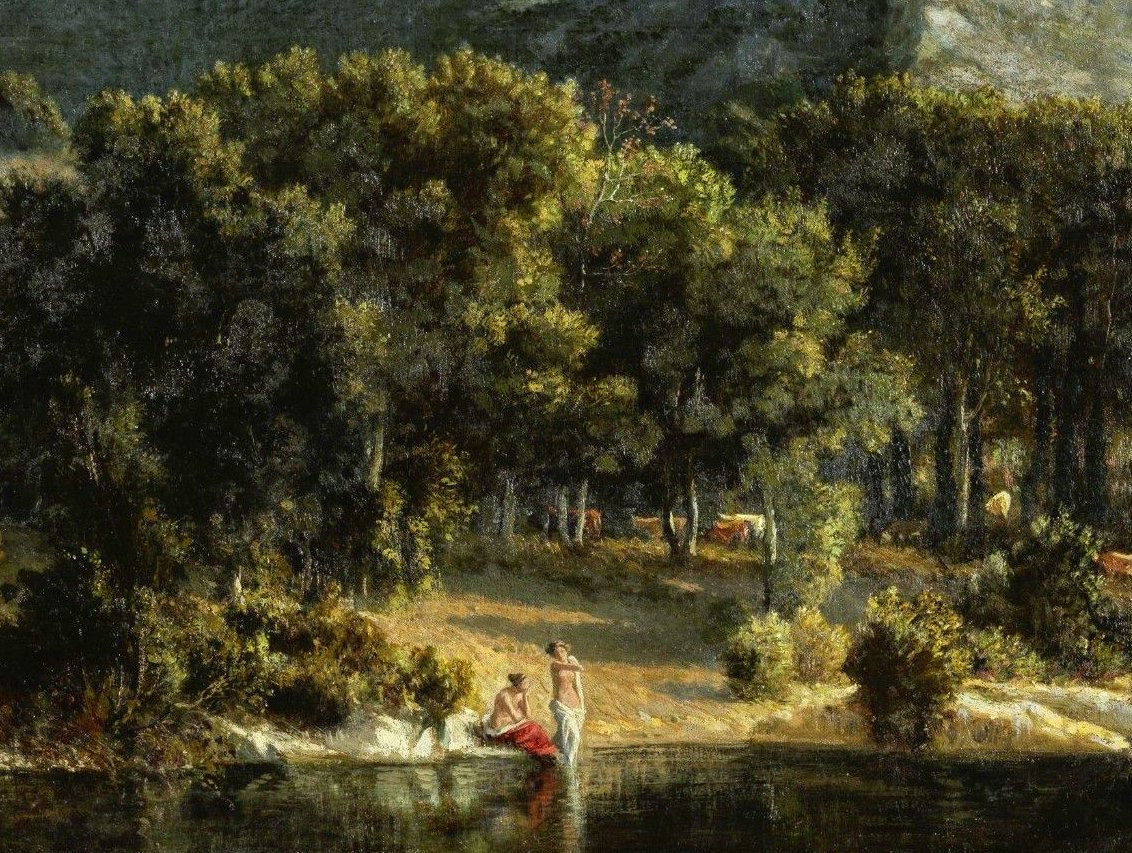
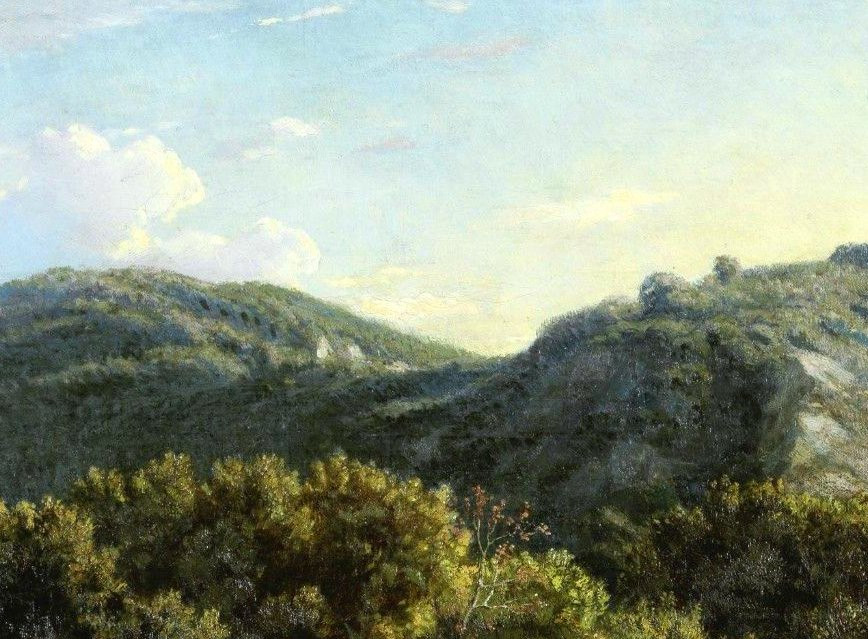

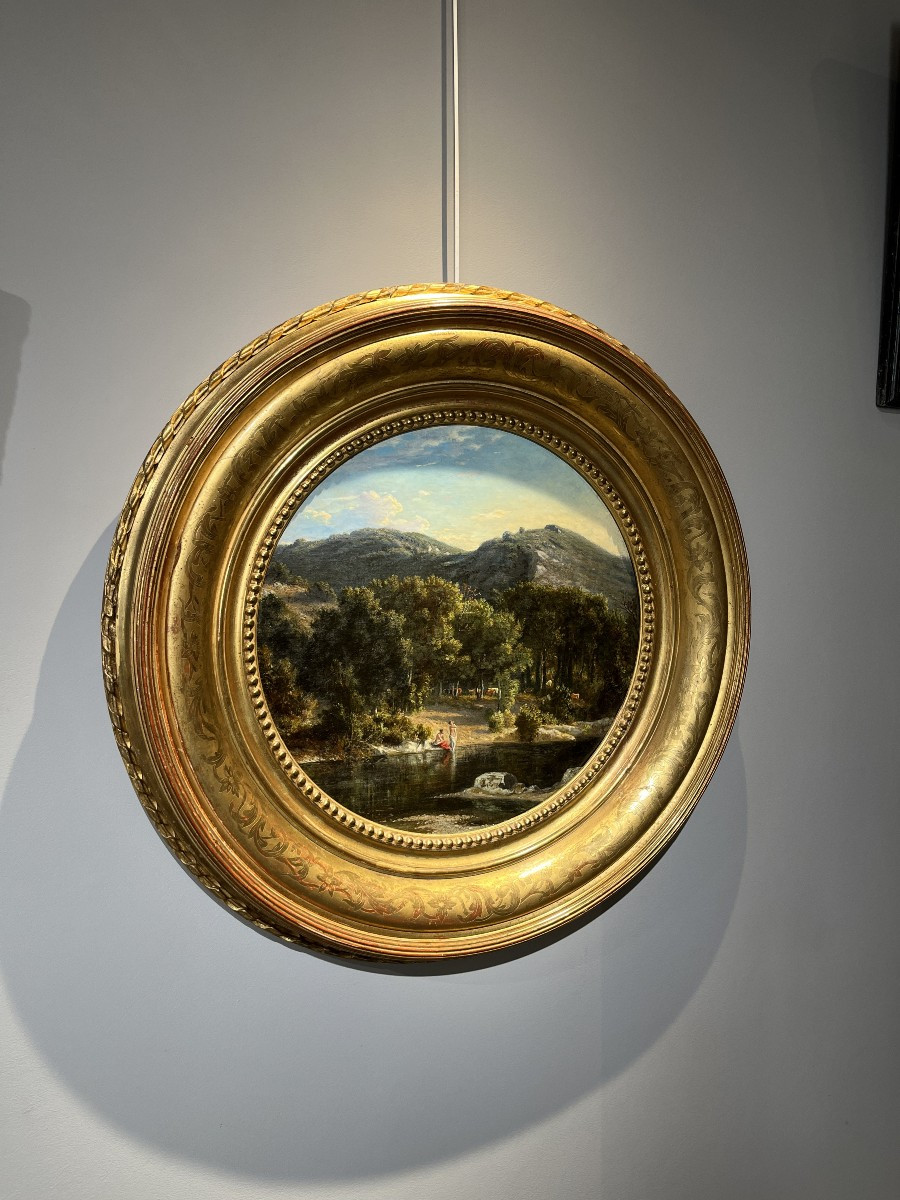







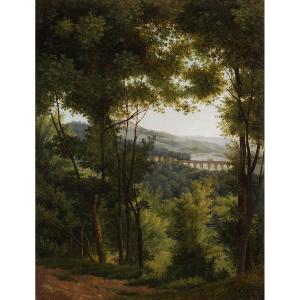
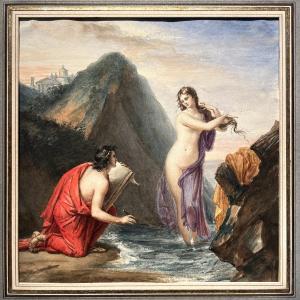



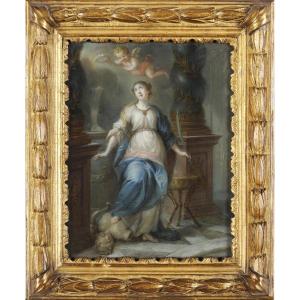

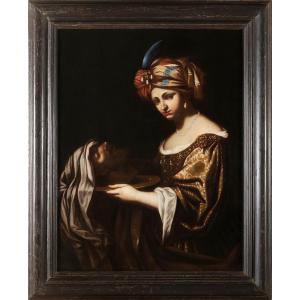



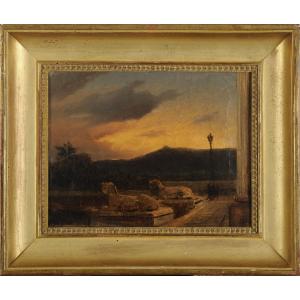










 Le Magazine de PROANTIC
Le Magazine de PROANTIC TRÉSORS Magazine
TRÉSORS Magazine Rivista Artiquariato
Rivista Artiquariato